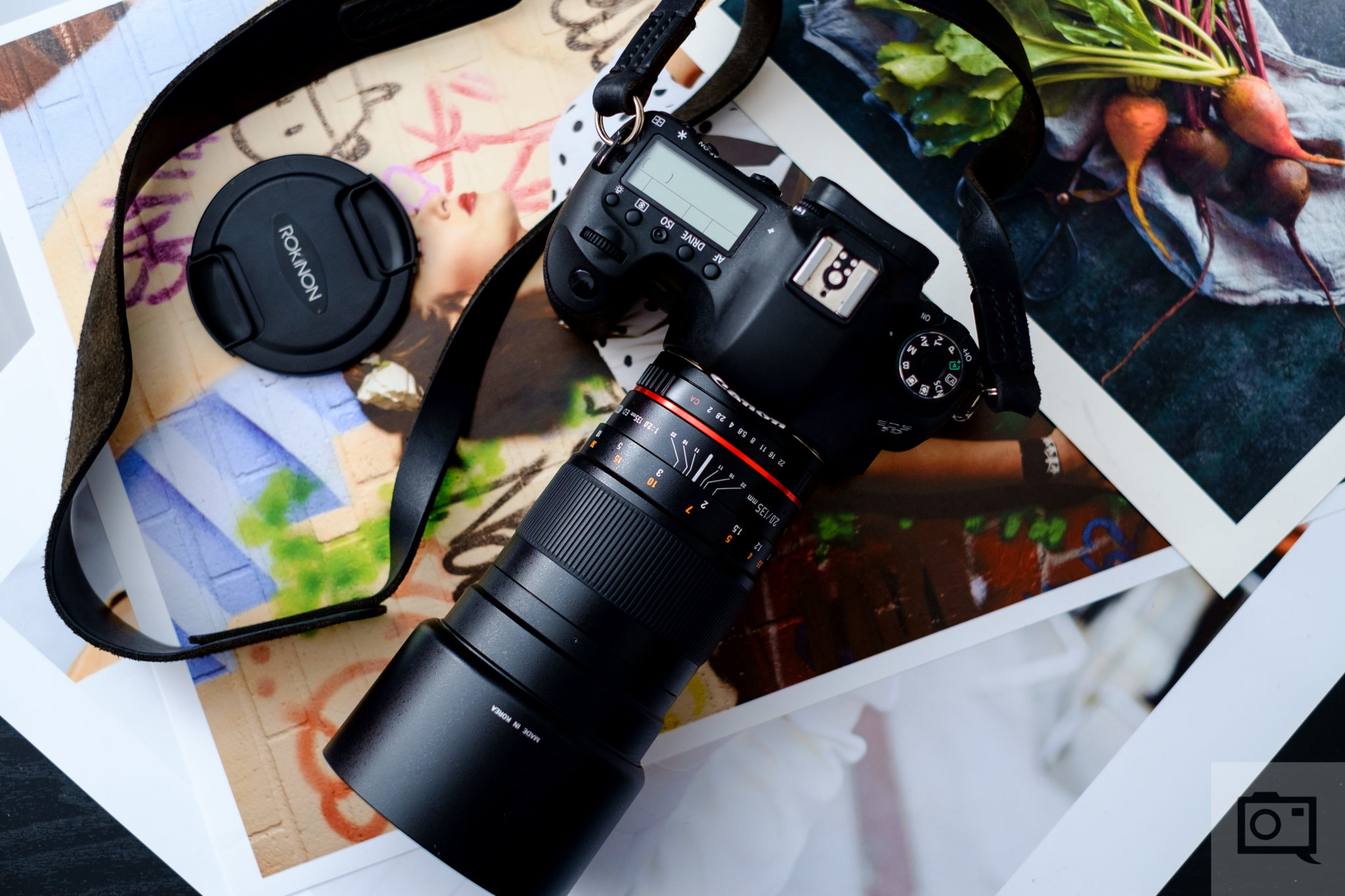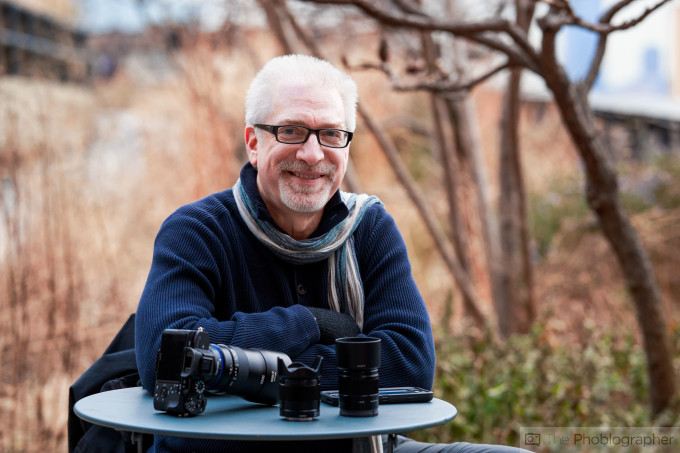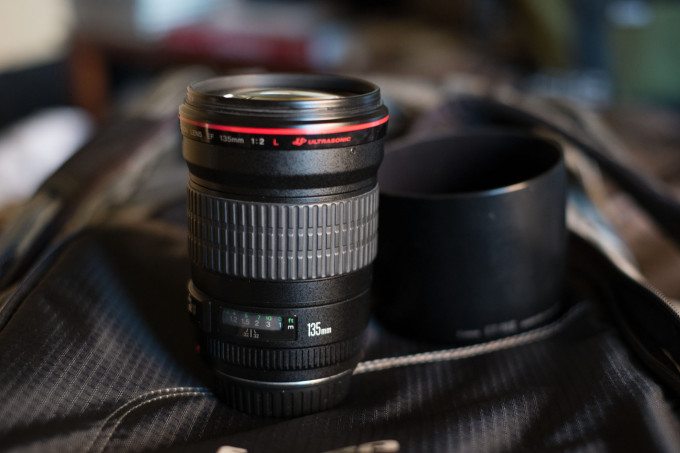“Hey guys, this is Justin, Chris’s Kickstarter campaign manager. I wanted to write and say that if the Phoblographer has ever helped you with your photography, please consider donating to our Kickstarter for La Noir Image–now with both iOS and Android support!. Thank you, guys, you are the best.”
While 50mm and 85mm lenses tend to be very popular for portrait photographers, something that’s a bit longer can offer arguably better image quality: the 135mm lens. Now, we’re not talking about the 135mm field of view, but instead about the focal length properly. There are a number of reasons why 135mm is such a magical number here but there are also some that don’t work as well. Mainly, you might not use a 135mm focal length if you’re working with a small studio, a confined space or if you want to be physically closer to your subject for better communications.
But here are the loads of reasons why they’re awesome.
Compression Based on All Body Types
While the issue of fat shaming has surely come up in comments before, a reality is that some folks (myself included) don’t really like the way that they look most of the time in images. To that end, I really prefer to be photographed or videotaped with longer lenses–and I’m not alone!
85mm lenses do a very good job, but 135mm lenses have the right amount of profile flattening and focal lengths that can render images that most folks will be happy with if the photographer can make the most of the situation. It’s also the longest focal length that can be used while also offering enough practicality in a real life shoot.
Because of the focal length, you can shoot full body images with less feelings of scrutiny and also move in as close as you want to shoot upper half, upper quarter or genuine headshots.
Depth of Field to Single Out Your Subject
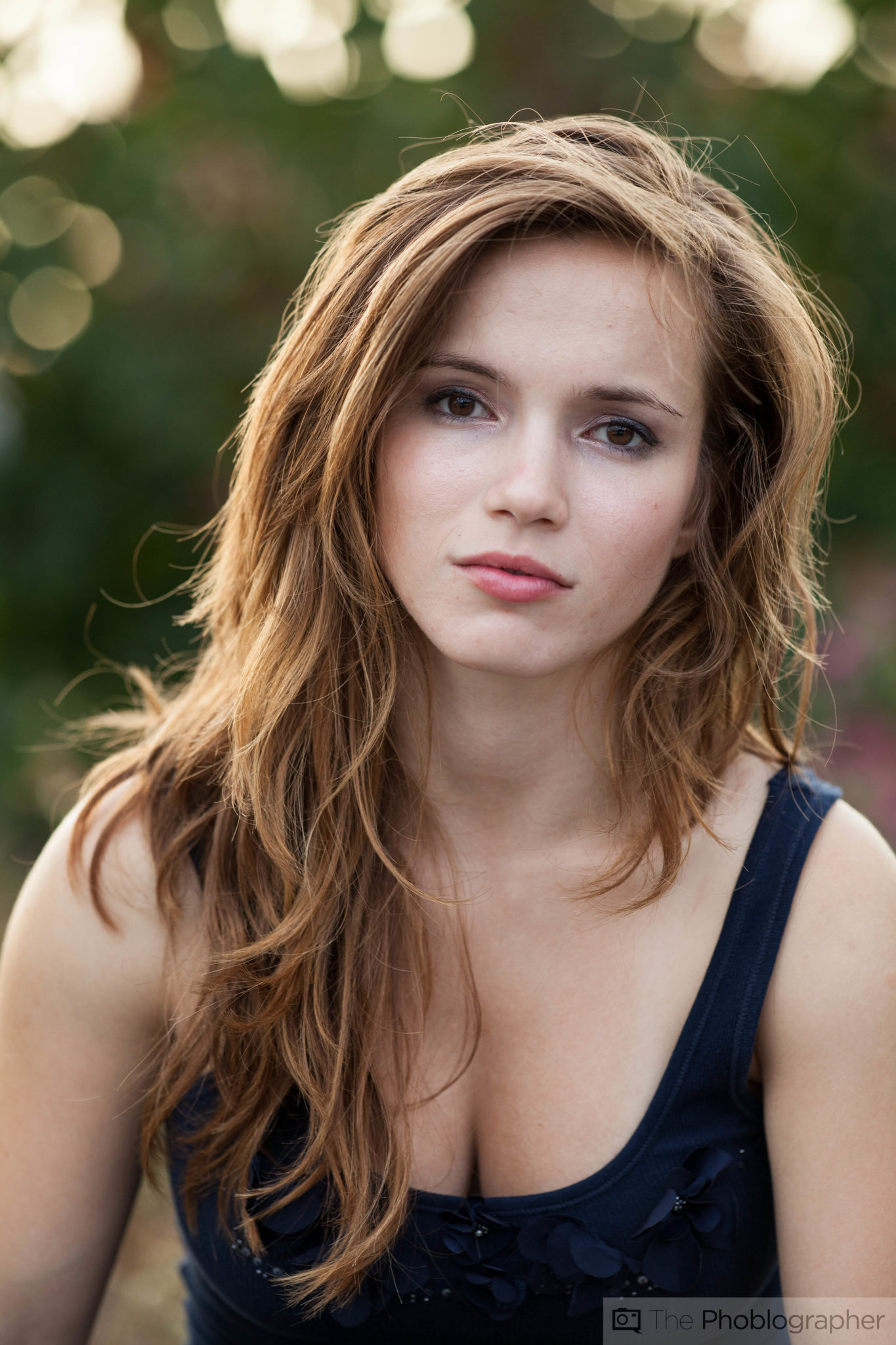
An 85mm lens can give you the results that will really separate your subject from the background–but a 135mm lens does it better due to the focal length’s nature and how it works at specific apertures. While all the rules of physics apply here that have to do with the distance to your subject, just know that you can get as close as possible with a 135mm lens and still deliver a wonderful photo that everyone will want to use in their LinkedIn, Social Media profiles, etc. In fact, it’s pretty darn tough to screw it up.
Long Telephoto Primes Make You Think More Critically
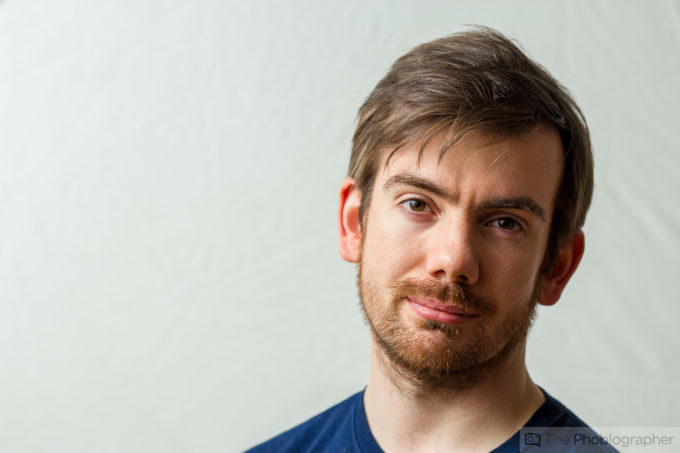
Lots of photographers use prime lenses because they force you to think more carefully about the images. When you shoot with a zoom, then you often tend to be very quick about all of your compositions (unless you’re a more experienced shooter.) But when you shoot with a prime, you usually need to physically move around to get the results you want. That idea also goes further to tend to move the subject around a bit to create an image that both of you will be happy with.
Recommended Lenses
Zeiss 135mm f2: This lens is only a couple of years old, but it’s arguably my favorite 135mm lens out there.
Sony 135mm f1.8: The fastest aperture 135mm lens made is also one that will make you want to buy it.
Rokinon 135mm f2: The most affordable lens on this list, the 135mm f2 from Rokinon offers really great image quality at the expense of manual focusing and build quality.
Canon 135mm f2 L: This lens is surely starting to show its age but it can still pull a magic trick or two out of its pockets.


